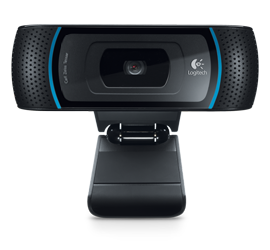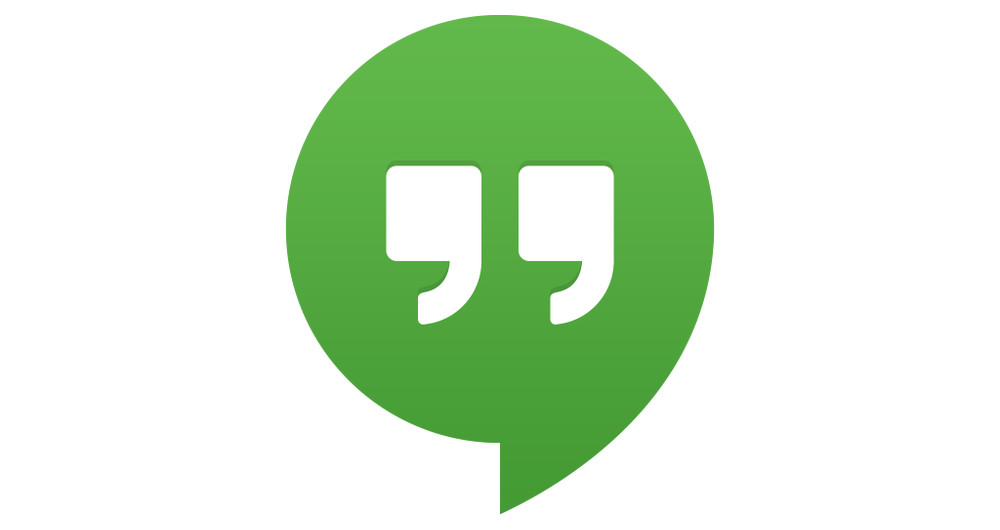If you're interested in giving the online game a go and you need help, buckle in, my friend! This handy-dandy quick start guide should give you an easy base to work off of in your online playing endeavors. I've used a very simple but tried-and-true method of rating each element in the remainder of this article: Good, Better, Best. Revolutionary, I know. Look for these labels to help decide what you must have versus what you could have. Good is the standard - anything much less is not going to work so hot. Better is a step above and really a nice, reliable pick. Best is...well, the best. And you know what being the best is like? Of course you do.
Hardware
The first thing you need to iron out is the physical equipment you actually need to bring the virtual Dice Masters gaming world to your desk or tabletop. We're going to assume that you have a PC or laptop of some variety witch which you are accessing the world wide web - and I wouldn't presume to give you advice on what to buy there, anyhow. So what else do you need?
Webcam
The first step is to make sure that your opponent can visually see what's going on on your side of the fence, and this requires a webcam. Webcams come in two standard varieties: built-in and peripheral. Computers have many, many varieties of built-in webcams so, there again, you have to decide if you're built-in cam is good enough. Keep in mind that if you are playing on a laptop and you intend to use your built-in camera, you're going to have to tilt it down to show your opponent your board and that can create a difficult time for you to see what's going on on their side. It's still doable, but not ideal.
What do I recommend? A solid webcam. This is the webcam I use - it retails for $20 and I picked it up for 5$ on Craigslist from a guy that I'm certain immediately turned that 5$ into weed, but whatever. I would call my camera ok - if you've seen any of my live-play videos that's what you're going to get out of it. If you really want to up your game on hardware, go with something bigger and badder. This guy is leaner, meaner and the picture is cleaner (see how I did that?). If you can afford it, go for it.
Good: Built-in laptop or computer camera
Better: Cheap Webcam
Best: Expensive Webcam
Microphone
If your opponent can see you, great...but can they hear you? Here again we have a few basic options, but I want to make a note here: headphones are a must. Make sure you're wearing some kind of headphone or ear buds and set your settings so that all volume output from your computer is coming through your headset. Why? If you don't you'll be feeding back into your speakers and creating annoying echo and delay effects that will make the match audibly unenjoyable. And you don't want that.
If your computer or laptop has a built in audio input and it's decent, that'll probably be good enough. If you're not producing your video to reshow it for some sort of publication reason (like The Reserve Pool or another blog) you just need to make sure you can be heard clearly. If you'd like to increase your quality a bit but don't have a lot of $ to spend you could pick up a USB microphone for pretty cheap. You could pick up one of these bad boys for over double the price - and they're pretty nice for casual audio. Keep in mind: you need a USB mic that will plug in directly to your computer. Otherwise you'll have to get some kind of preamp or mixer to run audio through a normal XLR output microphone.
Good: Built-in laptop or computer microphone
Better: Cheap USB Mic
Best: Blue Snowball USB Mic
Software
Ok, so you've got the A/V side of things covered - now it's time to figure out what platform to play over. At this point, you've got two major options. The first is face-to-face over some kind of internet video chat platform. This mimics the way it feels to sit down at the table across from someone. The other way is through the Vassal Engine. Vassal is an unofficial and unlicensed board game simulator - it's a platform to play board games on a virtual table that users program with content and behaviors. If you're familiar with Vassal then go for it. If not, you'll have to find some tutorials on how to use it because I can't really advise you there. I don't use Vassal very much and don't have much experience with it. Here's a link to the Dice Masters modules anyhow.
Videochat Platform
So what do I suggest? Well, I've played several games online and I've used a couple different formats. First, you can use some sort of dedicated integrated video chat service, like FaceTime. This can definitely do the job but is usually suited for just 2 players to enjoy. If you want to invite others you can do better than FaceTime.
Skype or MSN or something similar can fill a spot for you. You can invite more than one person to the chat and essentially create an audience for your game. In my experience, the best software to use for running a Dice Masters game online is Google+ Hangouts. I like Hangouts the best for two main reasons. One, it's super easy and intuitive and you don't need an additional login for it. Most folks have a Google account of some sort. Second, you can easily record your matches without needing to outsource your capturing, since it integrates directly into YouTube.
Good: Some built-in video chat, like FaceTime
Better: Skype
Best: Google+ Hangouts
Where Can I Find Players?
Well...that's a great question! There are a pretty good deal of Dice Masters' players who play online but there may not be just one location good location (yet...) to congregate and find online games. The easiest resource is through your own personal connections. You might be thinking, "why would I not just meet up with a friend and play?" Again, it goes back to our reasons for not having the time for a physical game and how easy it is to connect from the comfort and schedule of being in your own home.
As it stands, there is a Dice Masters Online Facebook group and a Google + Community dedicated to connecting players together online. There is a large pool to draw from and it's easy to post that you're looking to either play or spectate a game. If you're not a part of this community and you want to play lots of online games, then you should join up.
Good: Hang out on a street corner and pass out your Google+ Hangouts link
Better: Hook up with friends who play that you know personally
Best: Find a game on or Google+
Well, that's it for this guide! Hopefully this answers a few questions and can get you up and running. Experiment a little with this stuff to make sure you've got the handle on it before you throw in 'gung-ho," or just make sure you're playing with someone who's happy to help out a new person and has patience with the process.
In Part 2 we'll talk about issues of etiquette and other nuances of playing Dice Masters online. Look for that article in the coming week.
Until next time!
- Chris




Excellent article. Do you have a link to your YouTube videos?
ReplyDeleteHmmmmm...yes I will get you some actual footage. Nothing I've kept so far is live yet.
DeleteExcellent article! I've been waiting for someone to post a 'how-to' play online guide so this is great stuff.
ReplyDeleteI got your tweet - I'll look at getting some pics of my set up together. :)
DeleteI just lost a long comment I typed. Boo! I'll make it shorter this time.
ReplyDeleteBottom line--great article, but I have to quibble with a couple of equipment picks.
The C920 is an excellent webcam. It's a great pick. But unless you have an old clunky computer buying the discontinued C910 is better for Dice Masters because dice numbers are tiny and the C910 has a noticeable sharper image. But, I'll repeat, this is a tiny quibble--the C920 is excellent.
The Snowball microphone. Here I will quibble more. It's an understandable pick because it performs reasonably well and has a decent and widespread reputation. However, unless you can't position your mic reasonably close to your mouth, a dynamic mic will perform better, eliminating most room noise. The ATR2100 USB (or its cousin the AT2005, which includes a stand) is an insanely good mic (priced varying between $35-$60) performing comparable to the "legendary in podcasting" Heil PR40 (which costs north of 300 bucks). I think the ATR2100/AT2005 is a far superior pick and is often cheaper than the Snowball.
However, if you're not interested in doing studio-quality recordings and just want to be heard nice and clear, go back to Logitech and pick up their $25 headset, the Logitech ClearChat Comfort. It is comfortable and has a noise cancelling mic again helping with room noise. (They have cheaper models, in the $10 range, but I'd recommend splurging for the ClearChat).
While room noise isn't the worst thing in the world, unless you're in an unusually quiet environment, getting rid of it makes you sound better and sounding better is the whole reason for buying a mic (vs. using a built in mic). If you ever plan to record a Hangouts session for YouTube, and you rely on it's automatic video switching between players (as most do), room noise IS the worst thing in the world. There are plenty of Dice Masters matches on Youtube that are pretty much unwatchable because the video is stuck on one player's side. Why is it stuck? Because of background noises the mic is picking up in their room. (The auto video switching is based on the sound coming in from each side). You've probably seen these. If not, references available upon request. :-)
But aside from my beef with your mic pick, great article Chris!
Thanks for weighing in, Ken! Feedback is always appreciated. :) I'm thinking of upgrading my little webcam so I'll check out the C920.
ReplyDeleteSorry...I meant the c910 you suggested.
Delete